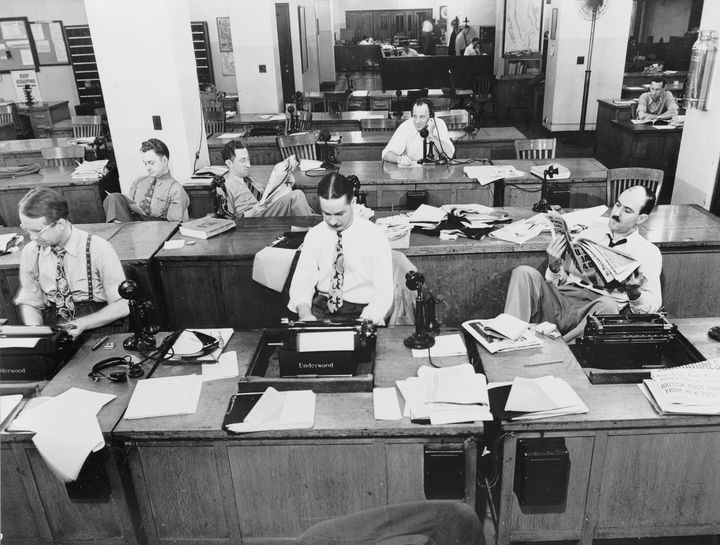
Media bias in the United States is not a new problem. Yet, as we increasingly hang on every word from CNN to Facebook Live, you might be surprised at how deeply it colors our understanding of the world. Most people have a basic awareness that “bias” is the emphasis of one particular worldview or moral compass, while the opposing views are intentionally oppressed. These days, however, there's a lot more nuance to what's keeping most audiences in a cycle of rage, fear, and confusion about...everything.
To start, the four most common forms of bias are:
- Politically liberal bias
- Politically conservative bias
- Mainstream bias
- Corporate bias
While you've likely heard of the first two, the others might leave you scratching your head. In reality, bias can be subtle, sometimes imperceptible. The problem of bias has become so prolific that the popular caricature of news outlets is one of unfair, inaccurate, and biased reporting. Public trust of news media outlets is low, according to this Gallup Poll.
Ideally, world news would conform to the standards of journalistic integrity. We want to take the information flowing through our televisions, radios, and social media feeds at face value. Then again, this isn't a new phenomenon. Historically, media bias has been the rule, as groups and individuals producing news inevitably publish material that benefit their interests. Knowledge is power, after all. According to Jonathan Ladd, the journalism of 1950 through 1979 was a rare period wherein “journalists were guardians of the republic, maintaining high standards of political discourse”.
So, where does that leave us?
Should we simply accept that media information is inherently biased by media producers? Or, is there something we can do about bias?
The Fast and Furious Fact Check Challenge is one opportunity to restore journalistic integrity.
While a mere six corporate conglomerates own the majority of US media outlets, technology is developing in a way which can empower the general public and journalists themselves to identify bias and inaccuracy -- in real time. That's a game-changer.
Diane Francis seeks to award $50,000 for a fact-checking algorithm. It might be helpful to consider The Interplay of Influence and the simplification of news narratives. Essentially there are five basic news "tropes" that headlines and stories are constructed around:
- Appearance vs reality
- Little guys vs big guys
- Good vs evil
- Efficiency vs inefficiency
- Unique and bizarre events vs ordinary events
Identifying these thematic scaffolds may help programmers teach machines to identify patterns of truth and bias. Or, at the very least, they may help readers understand how reality is "bent" to fit a compelling storyline. Once people are empowered to see the facts for what they are, independent of the literature, we may be on track to a more informed society.
For a deeper dive on journalistic integrity, view the following:
Dan Rather - It’s Not “Liberal Bias” to Call a Spade a Spade
Bill Maher - Two Opposing Sides Do Not Necessarily Have Two Compelling Views
NerdWriter - The Implicit Bias of the News Cycle and Ratings
Jon Oliver- Journalism, Native Advertising, and Scientific Studies








